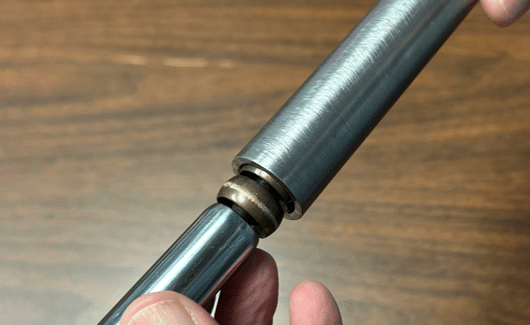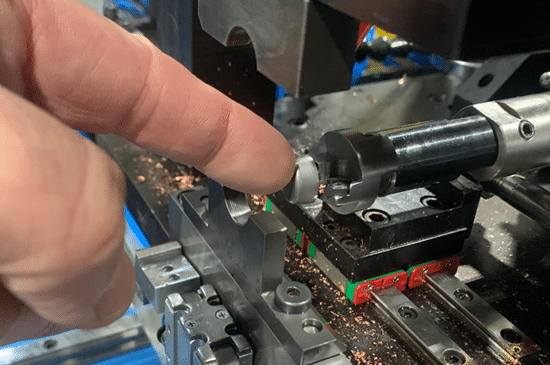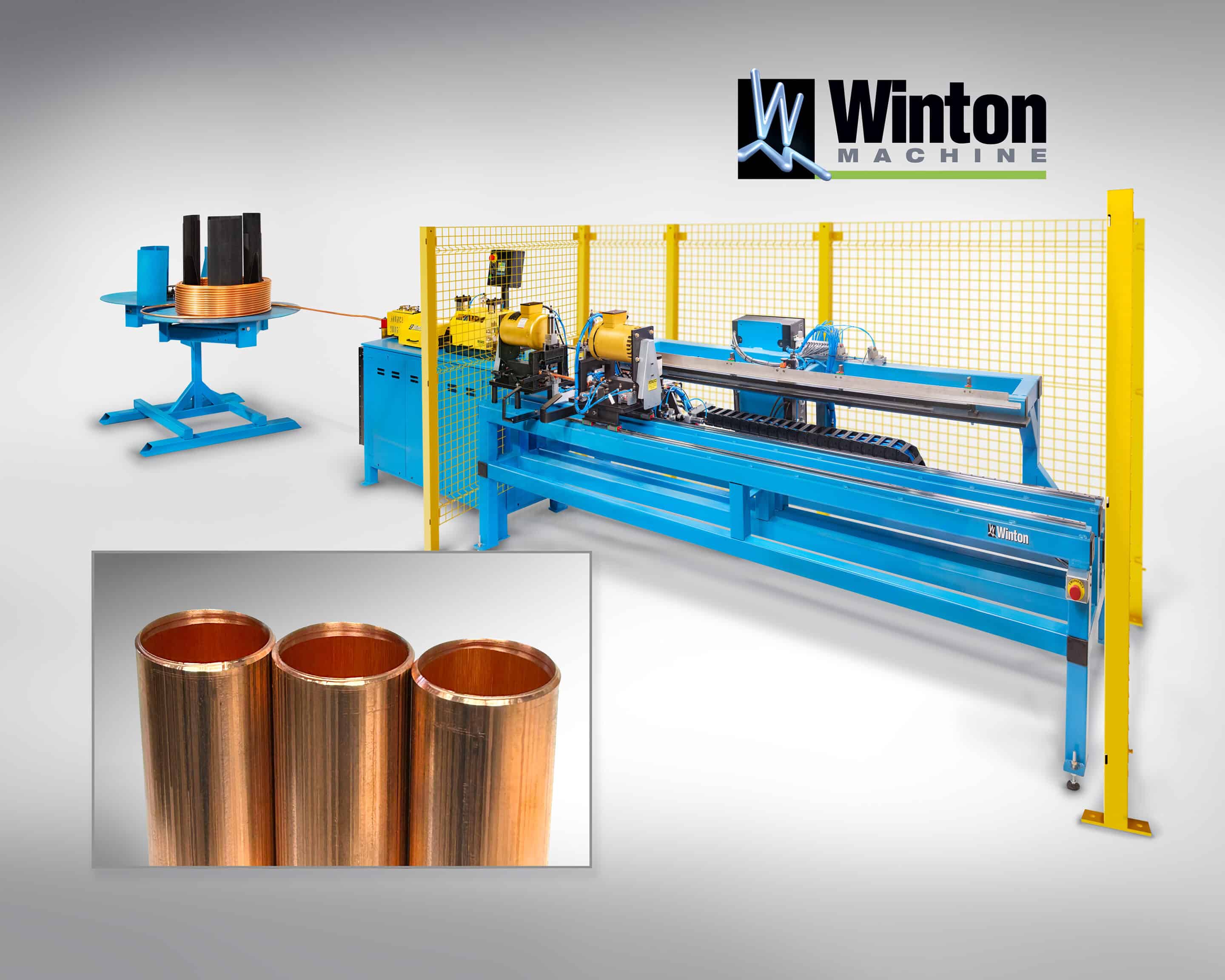Can you remember the last time a tubular part was flagged/rejected due to an excessive burr? Maybe it was rejected because the burr prevented the mating part from fitting. Maybe it was rejected due to craftsmanship. Any way you slice it, it was a delay of game that could have been prevented. In the world of tube fabrication, deburring cut tubes is a very common requirement. Steel, copper, aluminum, and stainless are just a few of the materials used in everyday applications. Bicycles, outdoor grills, and air conditioning units are just a small sampling of the everyday applications that use tubular products. The one common fabrication process that a lot of cut tubes go through is deburring the ends of the tube itself.
Deburring as an engineering or quality requirement
Unfortunately, a lot of the time the deburring operation is a secondary operation. However, it doesn’t have to be. Deburring can just be removing the burr on the inside edge of a cut tube. It might mean chamfering the outside edge of the tube as well. It could mean a light brush deburr on the inside and outside edges. Deburring metal tubes can be accomplished via several means. It often depends on internal engineering/quality requirements. When mandrel bending, having a minimum burr on the inside diameter is always helpful as a burr can impede the mandrel itself from being inserted into the tube; see Photo 1. A significant burr on the inside can also change the flow characteristics of the fluid as it passes the burr. And let’s not forget about safety concerns when it comes to deburring tubes. Although we all have first aid kits on the shop floor, we hope they don’t become needed.

Photo 1: A mandrel is often a close fit to the ID of a tube. An excessive burr on the ID will not help the assembly process.
Burrs inside and out can be a problem
As the burr on the inside can be a problem, a burr on the outside can also be a nuisance. A burr on the outside diameter (OD) can prevent a fitting such as a ferrule from sliding over the outside diameter. Either way, an excessive burr on the outside can slow production down. I think we can agree that deburring a tube is often a good thing. It would be even better if the deburring process itself didn’t require a secondary operation. Well, as it turns out adding a deburring process to a straight tube cutoff machine is common. For example, in the world of copper tube processing, removing the burr from the inside of the tube (ID) and thus allowing a mandrel to enter with ease is an everyday event. In this case, tubing from a bulk spool of copper is straightened, cut and then deburred…all in one operation. It can be that efficient. The ID burr can be sheared off, cut off, or even brushed off. Shearing the ID burr off can be very efficient. Although shearing the ID burr off doesn’t chamfer the ID edge, the shearing process still gives a clean ID thus allowing a mandrel to slide in with ease. The photo below (photo2) shows a tool used to shear a burr from the ID while at the same time chamfer (cut) the OD.

Photo 2: A live deburring tool is used to shear the burr on the ID and chamfer the OD.
Chamfering benefits
With a tool like the one shown above on both ends, a chamfering attachment can work both ends of a tube simultaneously all at the same time a straight tube cutoff machine is feeding the chamfering attachment. Keeping the deburring process integrated with the cutting process can save on floor space. One of the benefits of a chamfering attachment attached to a CNC tube cutoff machine is that the CNC control on the cutoff machine can automatically program/adjust the chamfering unit. Taking this one step further, the overall system can be driven by an ERP system. Therefore, the straight tubes that need to be cut for the day can be sent to the CNC cutoff machine’s controller from an ERP system. In turn, the CNC cutoff machine can take the batch of data from the ERP system and configure the chamfering unit to streamline the day’s production. Labor (or labor pains) has not been spoken about yet. Nevertheless, the reduction of labor is implied every step of the way. For example, coupling the cutoff machine to the chamfering machine prevents someone from manually deburring the parts. It also prevents a bin of cut parts from collecting dust as it waits to be deburred. Deburring the ID of a tube makes the mandrel bending process more efficient. With a deburred tube, the operator at the bending machine seldom will struggle to fit a mandrel at the end of a tube.
Automate deburring to keep quality high and defects low
The same goes for deburring the OD. With a properly deburred OD, the assembly folks don’t have to rework a tube just to get a fitting to fit over the end. And let’s not forget about safety. When was the last time you witnessed a finger cut helping productivity? Let’s face it, there is often a need to deburr the end of a tube regardless of the type of tubing used. If deburring is a quality requirement, then there might be a more automated way to accomplish this task other than manually doing it. Quite often, we all start out manually deburring the ends of a tube. Then as production levels increase, so does the need to automate. It is this need to automate that helps keep quality high and defects low.
Get more specifications on this system and let us know your production requirements.


